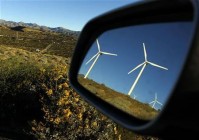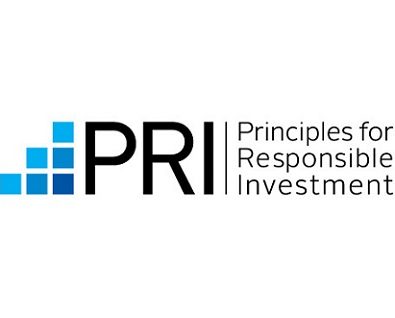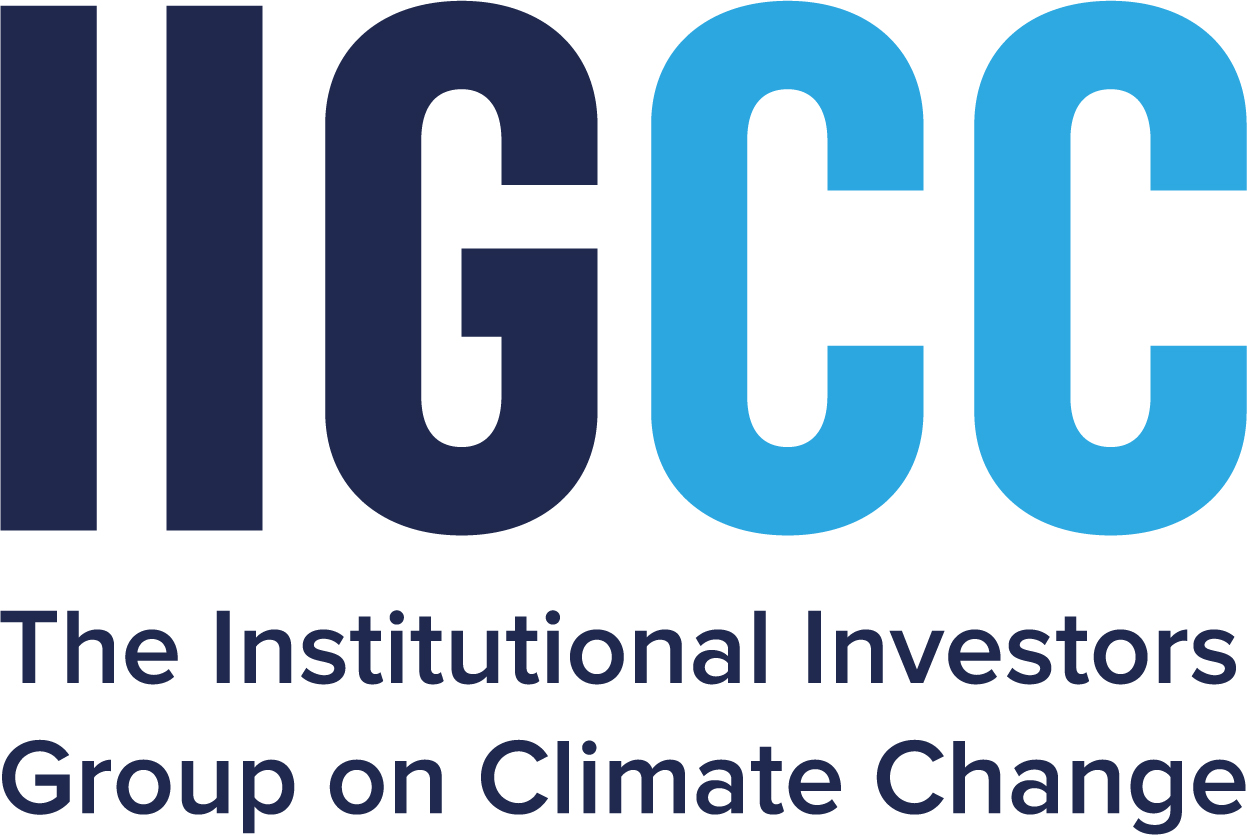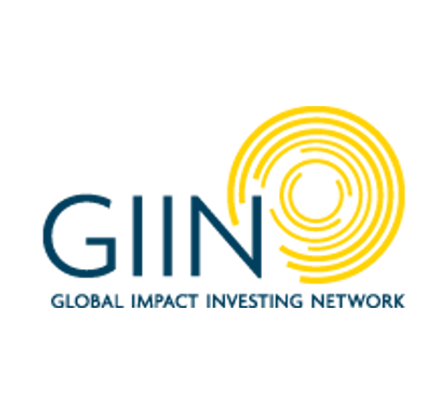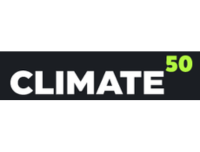(Reuters) — California, long the national leader in clean energy policy, is poised to double down on its investments in the sector, with billions in new subsidies set to flow in over the next few years. (see full article here)
California voters last week directed some $2.5 billion to energy conservation programs with the approval of Proposition 39, which closes a corporate tax loophole, allocates about half of the new revenue to environmental goals for five years, and which passed with more than 60 percent of the vote.
In addition, the state this week will begin selling “carbon allowances” as it implements a cap-and-trade program to reduce greenhouse gasses. Revenues from those sales, which could reach $11 billion a year by 2020, will also be used for clean energy development.
The new programs come on top of a solar power subsidy program, now in its fourth year, which has driven a widespread adoption of rooftop solar systems around the state. And an aggressive effort to require electric utilities to use renewable sources for one-third of their output has also given the sector a big financial boost and spurred the construction of several massive solar power plants throughout the state.
“We put our money where our mouths are,” said Mary Nichols, chair of the California Air Resources Board, the agency charged with implementing the state’s cap-and-trade system.
“We back up what we do in regulation by shifting subsidies from things that pollute and are inefficient to things that are more efficient and make our state more resilient,” she said.
California’s aggressive push comes as federal subsidies for clean energy have come under scrutiny. The Department of Energy’s loan-guarantee program that supported bankrupt solar startup Solyndra sparked a political firestorm after the company’s collapse, and a cash grant program that supports renewable energy projects is the subject of a Treasury Department probe over possible misrepresentations in the value of solar systems.
California has long been a bellwether for efforts by states and local governments eager to address climate change. In 2006, Governor Arnold Schwarzenegger signed into law a bill that requires the state to reduce greenhouse gas emissions to 1990 levels by 2020. That law survived a challenge at the polls two years ago, when Californians overwhelmingly defeated an oil industry-backed measure to roll it back.
Supporters of policies that address climate change view state efforts as critical after a bill to establish a federal cap-and-trade system to curb carbon emissions died in the U.S. Senate in 2010.
President Barack Obama has promised more assistance for renewable energy in his second term, but the congressional support he needs to extend or renew tax breaks for the industry is far from guaranteed.
‘MURKY’ LAW ON HOW TO SPEND FUNDS
Prop 39 backers spent more than $31 million to promote the initiative, $29.6 million of which came from its sponsor, billionaire hedge fund manager Tom Steyer. It received almost no opposition, and, despite the millions spent on advertising, garnered less attention than other initiatives on state taxes, political contributions and genetically engineered foods.
Although existing law requires that a portion of the funds from Prop 39 go toward schools, the rest of the money is “up for grabs,” said Anne Smart, director of energy for the Silicon Valley Leadership Group, which worked to pass the initiative.
Specific provisions allow for the creation of “new private sector jobs improving the energy efficiency of commercial and residential buildings” and job training “on energy efficiency and clean energy projects,” which could encompass a wide range of beneficiaries.
“The fact that this amount of money is going to be spent is going to open the door for companies of all sorts to get in there,” said Nancy Pfund, managing partner of DBL Partners.
“It’s a meaningful windfall,” said Jon Sakoda, a partner at New Enterprise Associates. Both he and Pfund believe several of the clean-energy businesses their firm backs could benefit.
Venture capitalists say that depending on how the final rules are drafted, a wide range of startups could benefit. They include automatic lighting and darkening window-maker Soladigm; solar-installer Solar City; light-emitting diode lighting company Soraa; fuel-cell company Bloom Energy; green masonry company CalStar; and solar-module company Suniva.
Large multinational companies like manufacturer Honeywell International Inc and engineering giant Siemens AG, which prides itself on innovation in clean energy technology, are also watching the situation in California closely, hopeful they too can reap benefits from the new policies for their energy-efficiency products, executives at the companies said.
Many observers expect programs resulting from the passage of Prop 39 will work like the California Solar Initiative (CSI), the key state incentive for solar energy systems. With a budget of $2.2 billion over 10 years, CSI’s total funding is about the same as the Prop 39 fund.
The program, which began in 2007, has created an industry of solar rooftop installers and is on track to reach 1,000 megawatts of installations by the end of 2012, approximately the equivalent of half a nuclear power plant.
Homeowners are given partial funding for their solar systems, and state incentives have decreased over time as the costs of systems have fallen.
“It’s been a booming success,” said Danny Kennedy, CEO of solar installer Sungevity, said of the CSI. He estimated that “tens of thousands of jobs” were created.
“Prop 39 will spawn a further evolution in the industry.”
JOINT PROGRAM
The money raised by Prop 39 also has the potential to be combined with another new source of clean energy cash — the roughly $1 billion the state expects to raise over the next fiscal year as the state’s pioneering carbon market opens.
The carbon market, part of California’s response to global warming, caps the amount of carbon emitted by industries each year and lets companies buy and sell permits to pollute. The state is the primary seller of permits, which could raise $50 billion over eight years. State law requires the revenue be spent on environmental projects, but details have not been ironed out yet.
The carbon funds and the new Prop 39 funds could go into a single pot, such as a loan program that could be tapped by homeowners, cities and industries, said Smart, whose group backed the proposition. One version of the loan program would help buyers purchase systems, or retrofits, and then pay back loans with energy savings.
“If the state decides to use cap-and-trade auction revenues to set up an energy efficiency revolving loan fund, then once the Prop 39 funding starts coming in, it could also go to that revolving loan fund,” she said.
Decisions on how the money from Prop 39 is doled out now moves to the state legislature with the first hearing to be held in early January in a committee led by state Senator Kevin De León, who co-chaired the campaign to pass the initiative. Expect lobbying to begin soon.
“(The proposition) really doesn’t give any guidelines to how the money should be spent, or should there be X percent to energy generation versus X percent to energy efficiency,” said Bryan Ashley, chief marketing officer of solar-manufacturer Suniva. “The language is rather murky.”
(Additional reporting by Sarah McBride in San Francisco and Nichola Groom in Los Angeles; Editing by Jonathan Weber, Peter Henderson and Lisa Shumake

